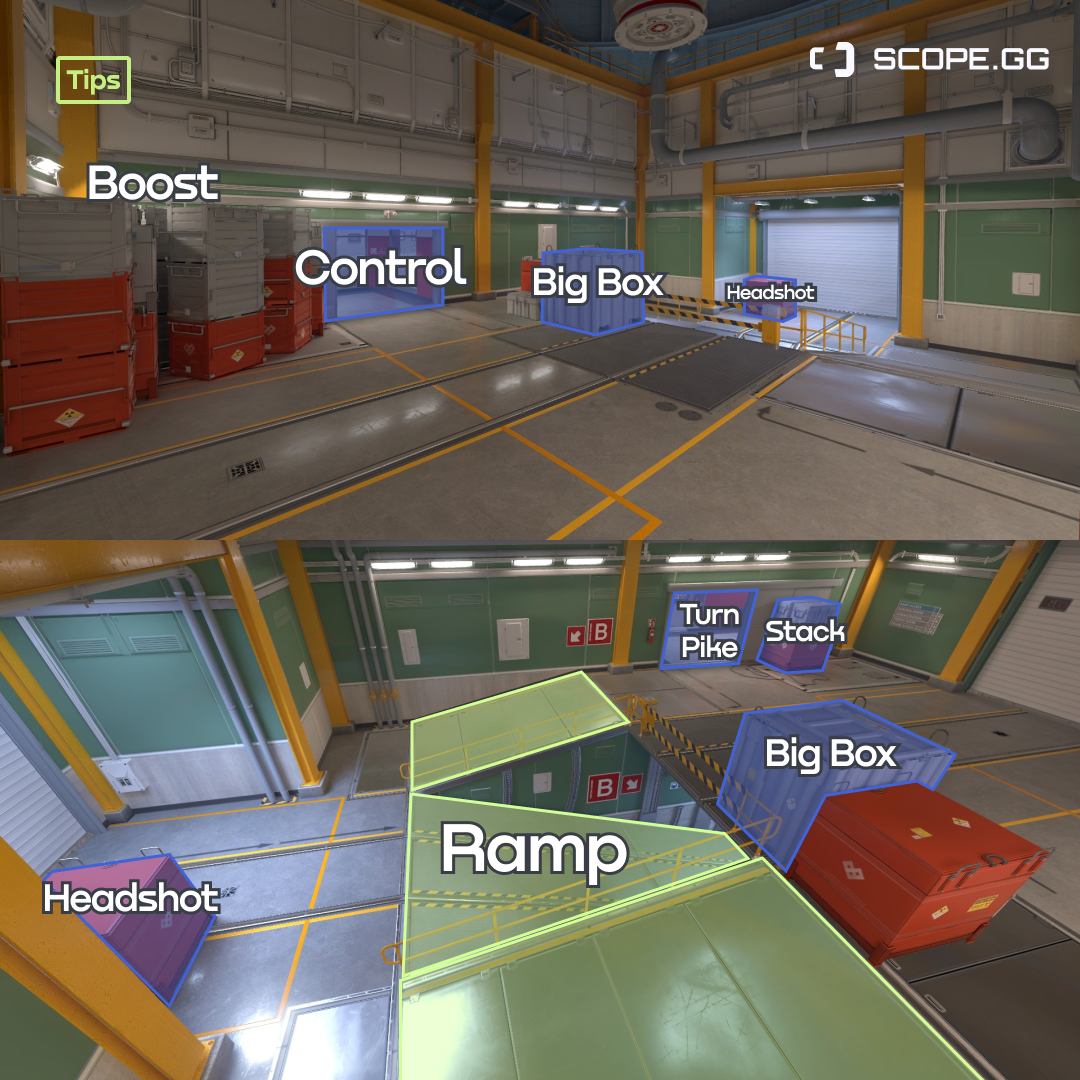Buzz of Connections
Exploring the latest trends in dating, relationships, and social interactions.
Conquering Nuke: Strategies That Will Blow Your Mind
Unlock explosive strategies in Conquering Nuke that will transform your gameplay and blow your mind! Discover the secrets to victory now!
Mastering Nuke: Top 5 Techniques for Flawless Compositing
In the world of visual effects, mastering Nuke is essential for artists looking to create stunning composites. Here are the top 5 techniques that will elevate your compositing skills and ensure your work stands out:
- Node Management: Organize your nodes rigorously to create a clean flow of your composition. This not only enhances your efficiency but also makes debugging easier.
- Utilizing 3D Functionality: Leverage Nuke's 3D workspace to add depth to your scenes, allowing for more dynamic compositions.
- Color Grading: Pay careful attention to color grading; it can dramatically affect the mood of your composition. Tools like the ColorCorrect and HueShift nodes can help refine your palette.
- Roto and Keying: Master rotoscoping and keying techniques to effectively isolate your subjects, ensuring seamless integration with backgrounds.
- Render Settings: Always optimize your render settings for the best balance of quality and speed to streamline your workflow.

Counter-Strike is a popular tactical first-person shooter game series that focuses on team-based gameplay and objective-based missions. Players can engage in intense matches, showcasing their skills through strategies, teamwork, and precise aim. For those looking to enhance their gameplay experience or open CS2-Gehäuseöffnung, various options are available to customize their in-game assets.
What You Need to Know About Nuke's 3D Capabilities
Nuke has become a cornerstone in the world of visual effects and compositing, renowned for its advanced 3D capabilities. Used by top studios worldwide, it offers a powerful node-based workflow that allows artists to create complex compositions with ease. Some key features include the ability to integrate 3D geometry seamlessly, manipulate lighting and camera settings, and perform advanced rendering techniques that elevate the visual quality of any project. With the Nuke 3D engine, users can achieve sophisticated depth-of-field effects and realistic shadows, enabling them to create immersive environments that captivate audiences.
One aspect that sets Nuke's 3D capabilities apart is its flexibility. Artists can import 3D models from various software like Maya or Blender, allowing for seamless integration into their workflows. Moreover, the 3D workspace empowers users to manage and animate multiple layers of 3D elements within a single interface. By leveraging Nuke's powerful tracking and projection tools, artists can match their 3D elements with real footage, ensuring that the final output feels cohesive and realistic. Whether you are working on feature films or small-scale projects, mastering Nuke's 3D capabilities is essential for creating stunning visual narratives.
How to Optimize Your Nuke Workflow for Maximum Efficiency
Optimizing your Nuke workflow is essential for achieving maximum efficiency, especially in high-pressure environments like film and television production. To start, assess your current workflow and identify bottlenecks that slow down your process. Implementing a consistent directory structure and file naming convention can significantly reduce the time spent searching for assets. Additionally, leveraging Nuke's node-based architecture allows you to create reusable templates, which can streamline your projects and enhance collaboration among team members.
Another key to enhancing your Nuke workflow is to take advantage of automation and scripting. Using Python scripts, you can automate repetitive tasks, such as batch rendering or managing color correction nodes. Make sure to familiarize yourself with the Nuke API, as it provides powerful functionalities that can drastically reduce manual input. Furthermore, regularly updating your software and plugins ensures that you have access to the latest features and performance improvements, keeping your workflow both efficient and up-to-date.